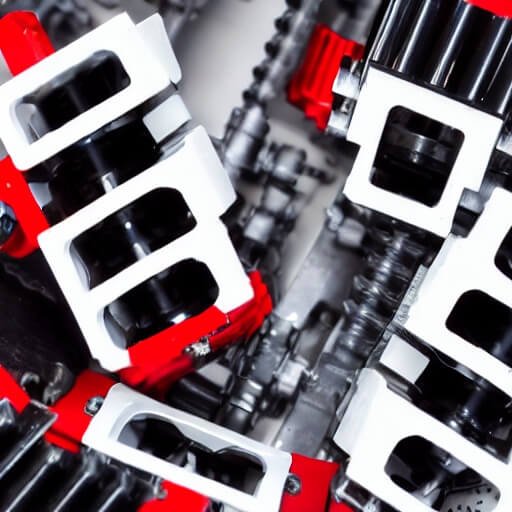The logistical challenges extend beyond the manufacturing floor to the installation and training phase. For products that require on-site assembly or installation, careful planning and coordination are essential. Logistics teams must coordinate the delivery of components with installation teams to ensure a seamless transition from manufacturing to implementation.
Training is another critical component of the logistics puzzle in contract manufacturing. Whether it involves training end-users on the operation of a complex product or instructing on-site technicians for assembly and maintenance, a well-thought-out training program is paramount. Logistics teams must coordinate the scheduling of training sessions, delivery of training materials, and ensure that the necessary personnel are available at the designated locations.
In conclusion, the success of contract manufacturing hinges on efficient logistics management. The interplay between the primary manufacturer and sub-contractors, meticulous inventory management, and the coordination of installation and training activities are integral components of a well-oiled logistical machine. As technology continues to advance, embracing innovative solutions and staying abreast of industry best practices will be essential for companies seeking to thrive in the competitive landscape of contract manufacturing.
